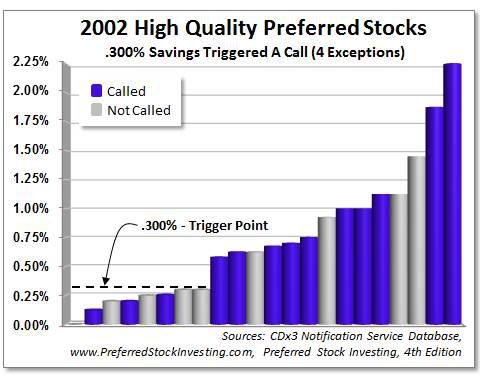
The cash is paid immediately when the credit card holder purchases something from a retailer that has a point of sale or a POS system. The retailer and credit card holder would need to confirm the purchase before cash was deposited into the bank account of a retailer. On the other side, when you pay your credit card bills, the issuers move the credit from its account to your account. So, in this way, credit cards work similarly to how a bank account works, but the position of credit card user and credit card issuer is reversed.
Accounting for Credit Card Sale when Money is Received Immediately
Consider, for example; you use your credit card to purchase an item of clothing. This will generate a credit card statement which will be sent to the credit card issuer. Assuming everything is clear on your side and that you have not exceeded your credit card limit, the detailed entry of purchase enters the credit card issuer’s accounting system.
Recording Credit Card Sales in Your Books
Remember that your debit and credit columns must equal one another. As a result, you must increase your Accounts Receivable account instead of your Cash account. Your Accounts Receivable account is the total amount a customer owes you. Later, when the customer does pay, you can reverse the entry and decrease your Accounts Receivable account and increase your Cash account. When you offer credit to customers, they receive something without paying for it immediately. Moreover, other income is not related to company performance, it is recorded in the statement of comprehensive income.
Making a credit sales journal entry
Use the chart below to see which types of accounts are increased and decreased by debits and credits. Nowadays payer banks issuing credit card machines (also known as Point of Sale terminals) automate the entire process. This means that the cash is credited what is a checking account and how it works automatically to the firm’s current account and no manual settlement is required. The customer charges a total of $252 on credit ($240 + $12).

This leads to a faster transaction and a change in how this transaction is noted in the statements of the credit card issuer. Table 1 below shows the transaction that would be noted in the accounting journal of the credit card issuer. The two scenarios shown in figure 1 for the accounting journal entry are when the credit card holders pay cash immediately and when the credit card holders pay at a later date. As a refresher, debits and credits affect accounts in different ways. Assets and expenses are increased by debits and decreased by credits.
To create the sales journal entry, debit your Accounts Receivable account for $240 and credit your Revenue account for $240. Like in a cash sales journal entry, grant proposals or give me the money! you likely also will deal with sales tax. Realistically, the transaction total won’t all be revenue for your business. The transaction will increase cash at bank balance of $ 100 and the other income for the same amount. However, it is recorded as the other income which does not impact the company performance.
They are recording a single credit card single statement into the credit issuer’s account, such as Amex or Bank of America. When you sell something to a customer who pays in cash, debit your Cash account and credit your Revenue account. Credit Card Reward is the amount of cashback that the credit card company or bank provides to customers to encourage their spending what are retained earnings in accounting chron com using the card.
- The transaction will increase the assets account such as fixed assets, inventory, and so on if the company purchases these kinds of assets.
- In this case, the company needs to make the credit card sales journal entry after the sale is successfully made through the credit card processing machine (e.g. POS) without being declined for any reason.
- Now, let’s say your customer’s $100 purchase is subject to 5% sales tax.
- To create a sales journal entry, you must debit and credit the appropriate accounts.
- Liabilities, equity, and revenue are increased by credits and decreased by debits.
If the crediting remaining is not sufficient or the credit card is blocked for some reasons, the card will usually be denied by the processing machine resulting in no sale through credit card to begin with. And if the sale is made through, the bank will directly deposit money to the company’s account within a few days if not within a day after deducting necessary credit card fee. Likewise, the company can make the Journal entry for sale through debit card the same as the credit card sale by debiting the cash account and the credit card fee account and crediting sales revenue account. Company ABC has used a credit card to pay for some small payments online. During the month, company receives cashback of $ 100 due to last month’s purchase. Accountant is seeking advice to record the cashback reward.